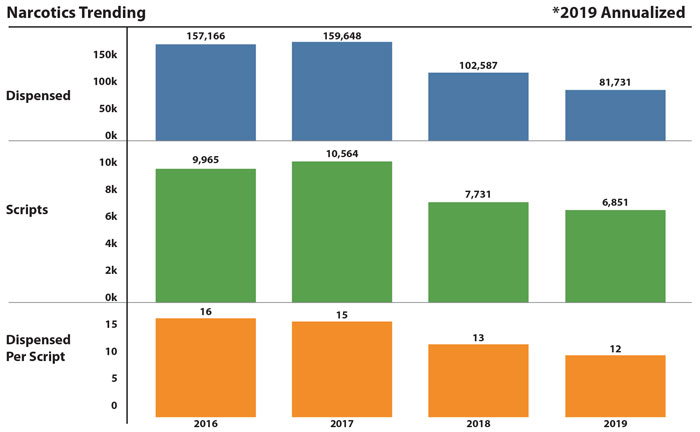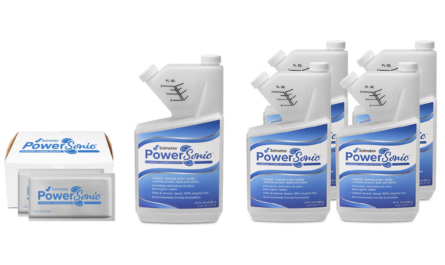
By Dr. Britt Bostick, executive vice president and vice president of clinical affairs, Mortenson Dental Partnersc
Mortenson Dental Partners does its part to address opioid addiction.
The misuse of opioids — including prescription pain relievers, heroin and fentanyl — has become alarmingly common in recent years. According to the Centers for Disease Control and Prevention (CDC), opioid-related deaths surged between 2000-2017, and the National Institute on Drug Abuse estimates that more than 130 people die each day as a result of an overdose. The debilitating effects of the epidemic have become so devastating that the U.S. Department of Health and Human Services declared a public health emergency in 2017.
What role has the dental industry played in the growth of this national epidemic? A recent study published in JAMA Network found that dentists wrote more than 11.4 million opioid prescriptions in the United States alone in 2016, accounting for 22.3% of all U.S. dental prescriptions. Moreover, the National Institute of Dental and Craniofacial Research (NIDCR) found that dentists were the highest opioid prescriber group for patients between the ages of 10 and 19 years. Clearly, the dental industry has an obligation to do all it can to help mitigate this crisis.
 Mortenson Dental Partners (MDP) is one of the largest groups of privately-owned dental practices in the United States. We have a responsibility to our patients to carefully consider the risks and benefits of any medications we prescribe. In recent months, MDP formed a committee comprised of executive and business intelligence team members to tackle this important issue.
Mortenson Dental Partners (MDP) is one of the largest groups of privately-owned dental practices in the United States. We have a responsibility to our patients to carefully consider the risks and benefits of any medications we prescribe. In recent months, MDP formed a committee comprised of executive and business intelligence team members to tackle this important issue.
As a result of the committee’s research and deliberations, MDP is pleased to announce three primary initiatives for helping to prevent opioid addiction:
- Standardize the pharmaceuticals lists across all offices.
- Continue to monitor prescribing habits of doctors.
- Support the national effort to reduce narcotic dependencies.
The first of these initiatives will help to provide a more accurate picture of all prescriptions being dispensed by MDP providers. Standardizing the pharmaceuticals lists will allow us to better track all scripts to compare and educate across all regions.
As we closely monitor trends across MDP regions, we are seeing great progress in our efforts to minimize opioid prescriptions. We are happy to report that between 2016 and 2019, the total number of narcotic pills dispensed by MDP providers dropped by 48%. Our doctors are also writing 31% fewer scripts than in 2016, with the average number of pills per script falling from 16 to 12.
While we are grateful to have made these strides, there is still more work to do. We continue to educate our team and encourage our doctors to prescribe alternatives to opioids, such as nonsteroidal anti-inflammatory analgesics, as the first-line therapy for acute pain management. Our doctors also adhere to CDC guidelines and use the lowest effective dose and quantity whenever they do consider an opioid prescription.
The health and safety of our patients is of utmost importance to the entire team at MDP. We are committed to supporting the national effort to reduce narcotic dependencies and are doing whatever we can to help end this terrible epidemic.






